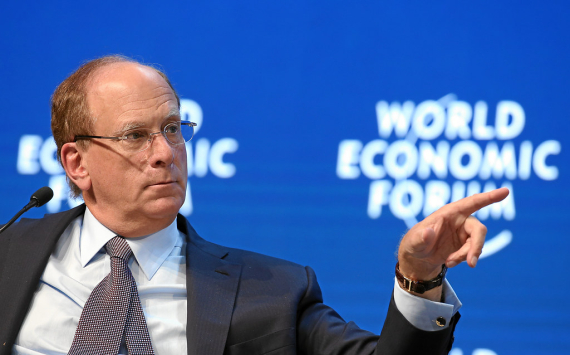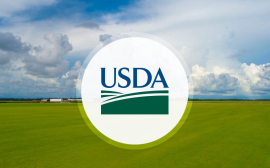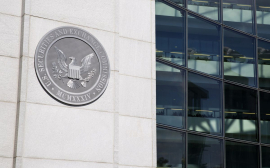
Annual inflation
US inflation data for May showed a jump of 5% year-on-year, the highest since the summer of 2008 and worse than the 4.2% figure in April. That said, some economists believe that at the end of the current 'surge' time period, inflation will remain at a higher level than it was before the pandemic.
A government report on Thursday showed US inflation rose to 5% in May from last year's reading, the biggest jump in almost 13 years.
Excluding food and energy, the core consumer price index rose 3.8% from a year earlier, the highest since 1992.
However, financial markets, unlike the sharp dip to the 4.2% inflation reading in April, reacted modestly to May's report, although it was worse than economists expected.
Before trading opened on Friday, the S&P 500 index was down 0.01%, the Dow Jones was down 0.02% and the Nasdaq 100 was up 0.04%.
Federal Reserve officials also reassured financial markets of their commitment to a soft policy and to keeping interest rates at zero until 2023.
The main growth in US consumer prices in May came from used cars and airfares, while basic things like house prices and health care rose very slowly.
A third of the increase in inflation was a 7.3% rise in used car and truck prices, the housing index was up 0.3% in May and 2.2% in the last 12 months.
Health care prices fell by 0.1% after rising in the previous four months, a year-on-year increase of just 0.9%.
One expert believes that when the surge ends, inflation will be at a higher level than it was before the pandemic.
The expert pointed out that the reason behind Wall Street's optimistic reaction to inflation in May was the low growth in health care and housing prices. The expansion of the Affordable Care Act in the US has helped lower medical costs for Americans.
It is worth noting that Fed officials recently said that central bank officials will begin discussing cuts in the asset purchase programme at the upcoming meetings on 15-16 June, with actual cuts not starting until late summer/early autumn.










































